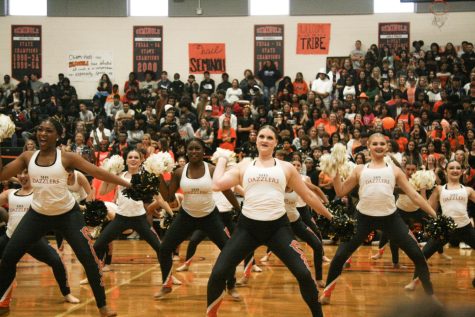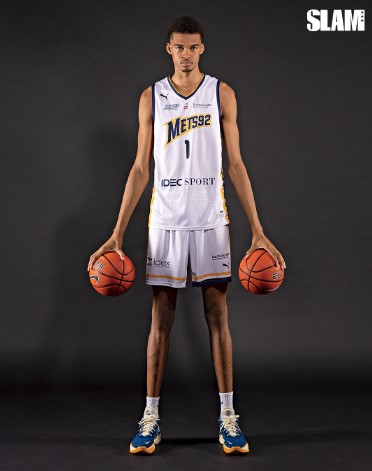Film through the Decades
January 17, 2023
From silent films to films filled with soundtrack, purposeful camera angles, and overall deep messages, film making has gradually improved over the decades.
The Jazz Singer by Warner Bros was the first full-length movie with sound. (historyoffilm.net) The release of The Jazz Singer invented talkies, otherwise known as movies with soundtrack and audio. Though the audio of The Jazz Singer was only heard in two lines, the new concept changed the style of film making as we know it.
By the 1930s, thousands of cinemas broadcasted films that had sound wired to them.
(centralcasting.com) Theaters and production companies started supplying film makers with the proper equipment because of the high demand for talkies. Talkies brought more people to the cinema than ever before. Along with films with audio came a new genre of movies, “horror”.
Talkies becoming more popular
Between the 1930s and the 1950s was The Golden Age of Hollywood. After the end of World War II, an entertainment boom insured, with more people starting to enjoy television, and with companies creating new innovations. Color television was one of those. With more time on their hands, companies improved the quality of their production, and the budget increased immensely because of the need to keep up with the growing standards.
Backstage of Roman Holiday
The 1953 hit Roman Holiday starring the beautiful, graceful and ever-talented Audrey Hepburn is filmed in Rome itself, displaying some of its famous historical landmarks. In the past, before the 50s, these majestic landmarks would have been built on set instead. Having the movie filmed on the authentic set made the film itself feel even more authentic. Seeing the actual landmarks of Rome enhanced the story and its flow, and probably contributed to the movie’s great success and memorability. (hyperallergic.com)
70 years later, and that high budget and recording-on-set quality stays intact. Of course, this is due to the newfound sense in utilizing the right technology that producers have found. They have achieved an understanding of what angles evoke the deepest feeling in the audience watching. These angles enhance immersion, and may make the viewer believe they are actually in the film themselves.
Now, when we watch a film, we see many types of cinematic techniques. “As a concept, the long take is simple: it’s merely an uninterrupted shot that lasts longer than a typical take would before cutting to another shot…” (Screen Prism on vocal.media) In other words, a long shot is simply the, uh, elongation of a shot that, before, would be a lot shorter. One shot that would previously last only about 10 seconds, is now on average, longer, lasting instead around 20 seconds. This type of shot gives you a real sense of the environment that you’re supposedly in, and the feelings that the on-screen actors are supposed to be feeling.
“The 2020s are just getting started, so who knows where the film industry will go by 2030.” (piratemedia1.com). Film making will most likely continue to change and become more and more advanced. By 2030 we may be able to walk right through the TV screen! With time, our techniques and overall film production will change. Films and their different eras have had a huge impact on our society as a whole. As film making becomes more technologically advanced, the industry will grow and flourish into something more engaging. The possibility of going beyond being just an audience member could be our next big leap.

























